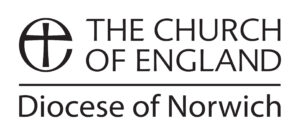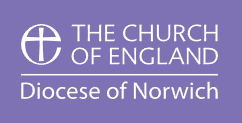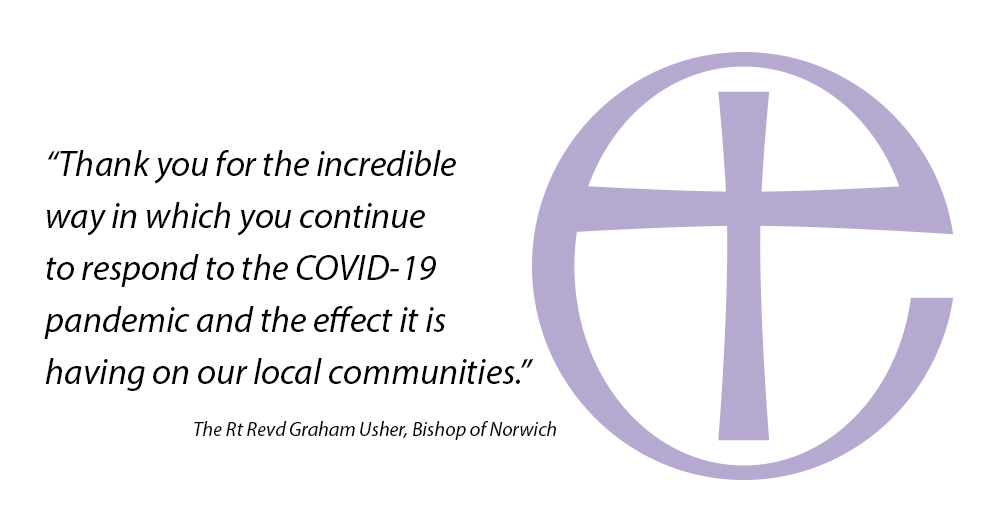At a virtual meeting of the House of Bishops yesterday (Tuesday 5 May) where they reviewed the advice to clergy on the Church’s efforts to limit the spread of the coronavirus, it was agreed that individual diocesan bishops can issue guidance about the first stage of a gradual easing of restrictions. Following the meeting the Bishop of Norwich has written to all licensed clergy setting out new guidance.
Bishop Graham began with his sincere thanks “for the incredible way in which you continue to respond to the COVID-19 pandemic and the effect it is having on our local communities, not least those who need to self-isolate; those who have lost work and livelihoods; and those for whom the current situation is a serious challenge to their mental wellbeing or sense of safety.”
Emphasising his trust in incumbents and churchwardens to “follow the spirit of the guidance”, the Bishop has given permission for incumbents (or rural deans where there is no incumbent) to appoint one person for each church in their benefice to enter that church building. That person “should be the incumbent or a licensed or authorised minister, minister with permission to officiate, churchwarden, or, where there is no churchwarden, a member of the PCC.”
This appointed person can enter the church building for any of the following reasons:
- to pray the Daily Office and/or celebrate the Eucharist on behalf of the community they serve;
- to live stream or pre-record worship;
- to ring one bell to mark prayers being said or mark events (e.g. Clap for Carers, VE Day anniversary); or
- to check the fabric of the building.
Members of their household with whom they are living are also permitted to join them. The church should be near to where they live and the visit should generally be part of their daily exercise. The church door should be locked as the building remains closed to parishioners and visitors.
Bishop Graham was keen to emphasise that clergy should “feel under no obligation to switch back into the church if you are content with leading worship from home for the time being”, and that “our priority must be to act responsibly so as to safeguard ourselves and other people from infection.”
He concluded: “In these strange times we continue to learn what it means to be called upon to proclaim afresh the Gospel in each generation and, whilst the Gospel message is unchanging, how proclaiming God’s love in Jesus in this generation will need us to reimagine our future as well as responding to the immediate. Thank you again for all that you give, and this comes with my continued prayers.”
The national Church of England guidance will be updated in the coming days to reflect the House of Bishops statement, so we ask that you continue to visit the national website for the most up-to-date information.
In addition to Bishop Graham’s email to licensed clergy, suggested wording for the ‘Register of Services’ – the book where all church services in a parish are recorded – has been given by the Archdeacons. Whilst church buildings have been closed no entries are required in the register, but the following suggested wording can be used and/or adapted:
‘The 2019 novel coronavirus (2019-nCoV), otherwise known as COVID-19, is an infectious disease first identified in China. Infections were reported around the world with symptoms including fever, coughing and breathing difficulties. As a consequence, the UK government advised many changes to everyday life for a time, which was further endorsed by the Archbishop of Canterbury. Church buildings were closed for public worship, private prayer and all other meetings and activities. The last service in this Church was on XXXXXXXXX and worship was able to resume [in a limited way] on YYYYYYYYY. In the intervening time we became the Church in different ways, specifically ….. INSERT ACTIVITY.’


